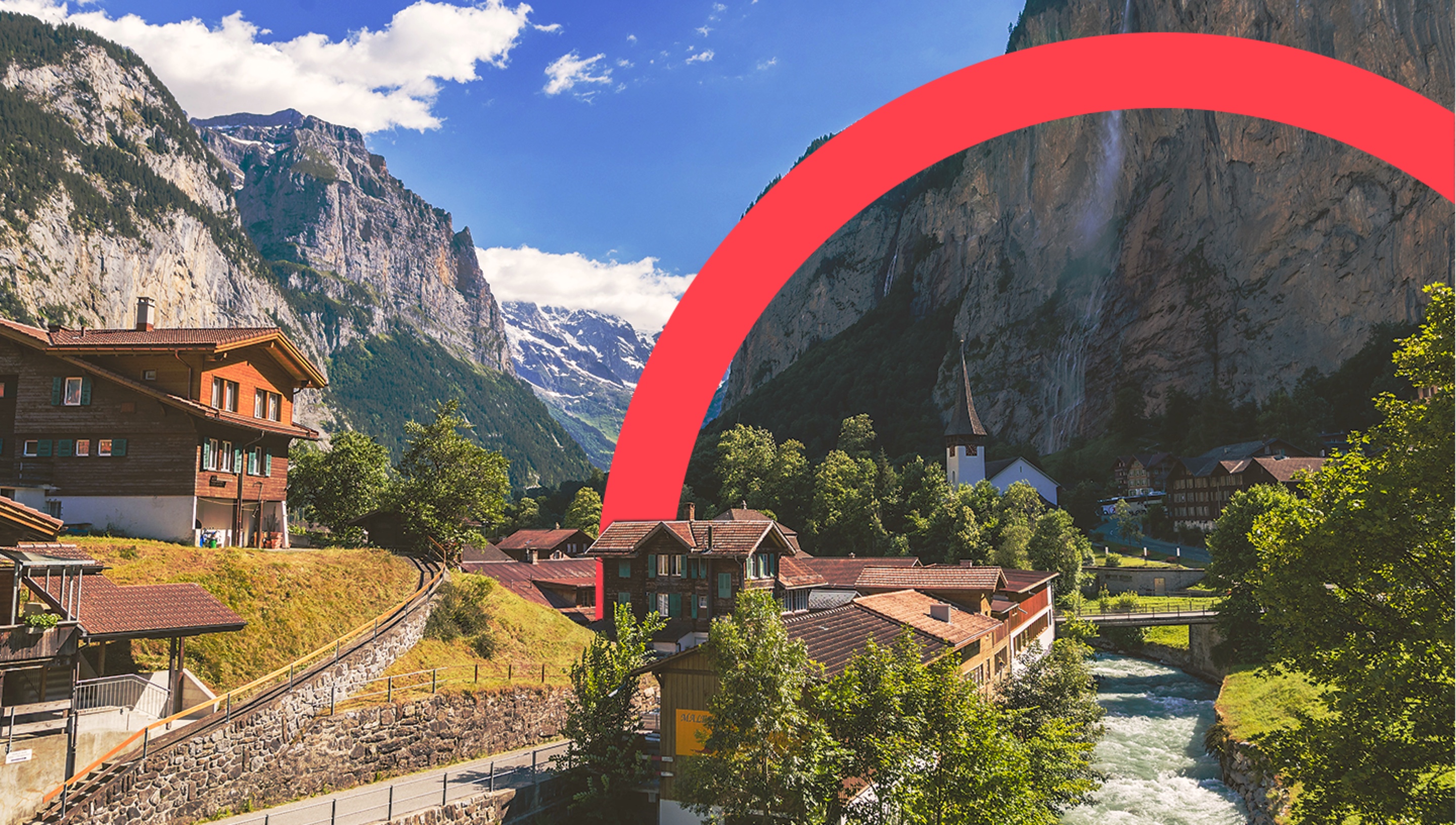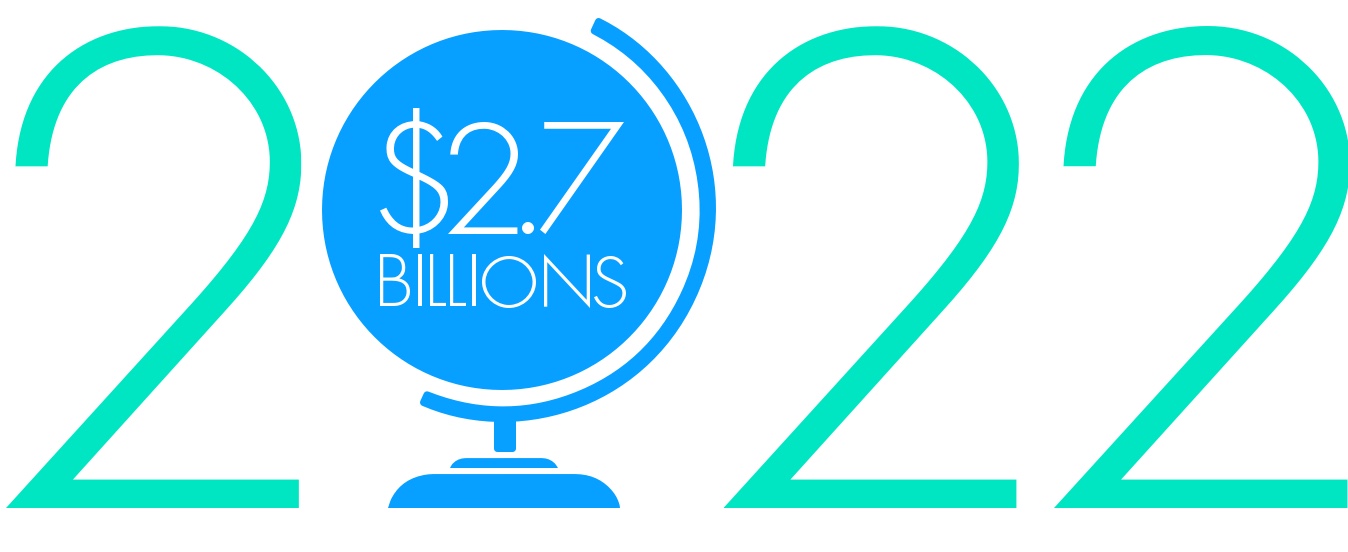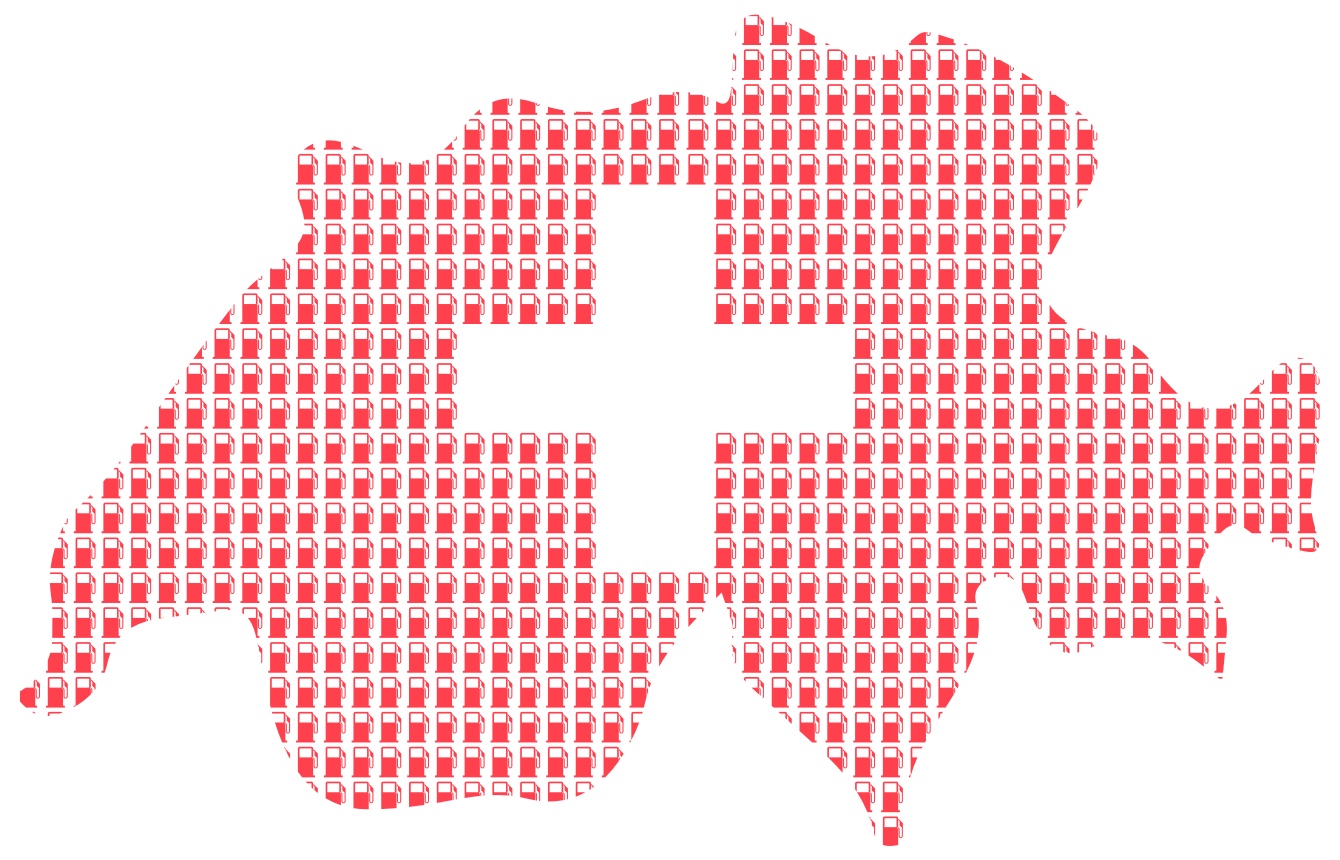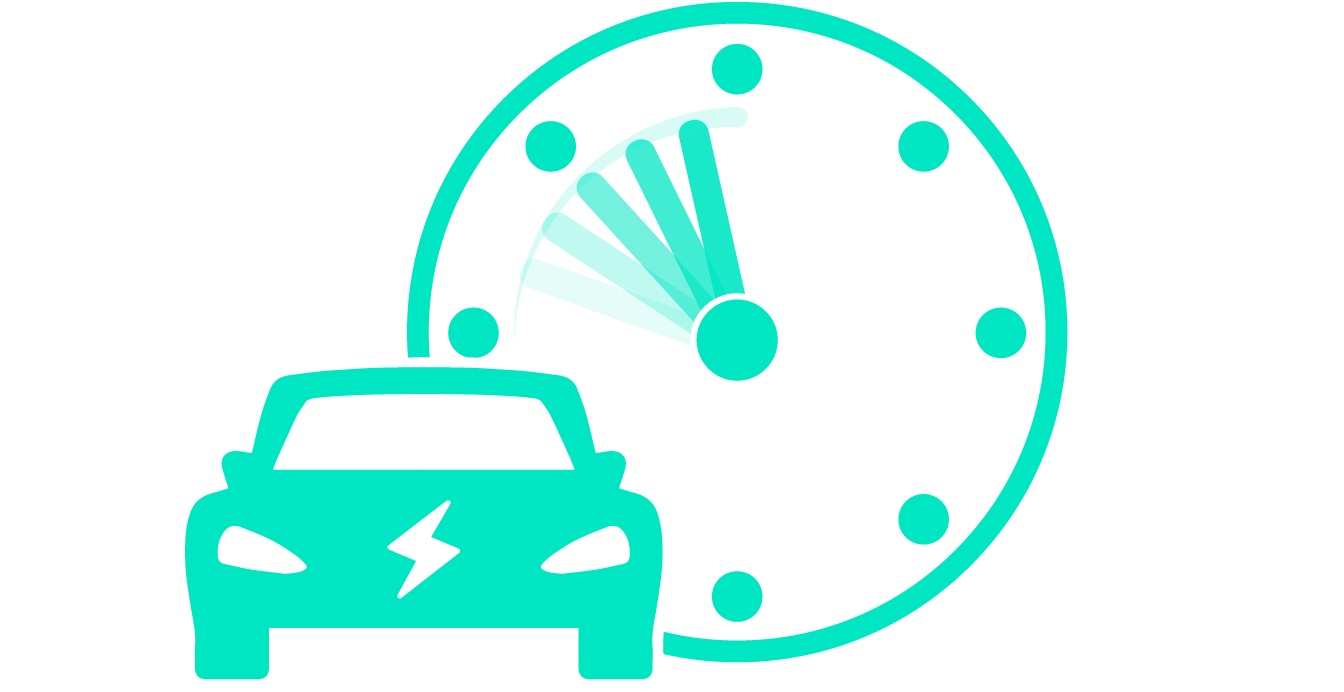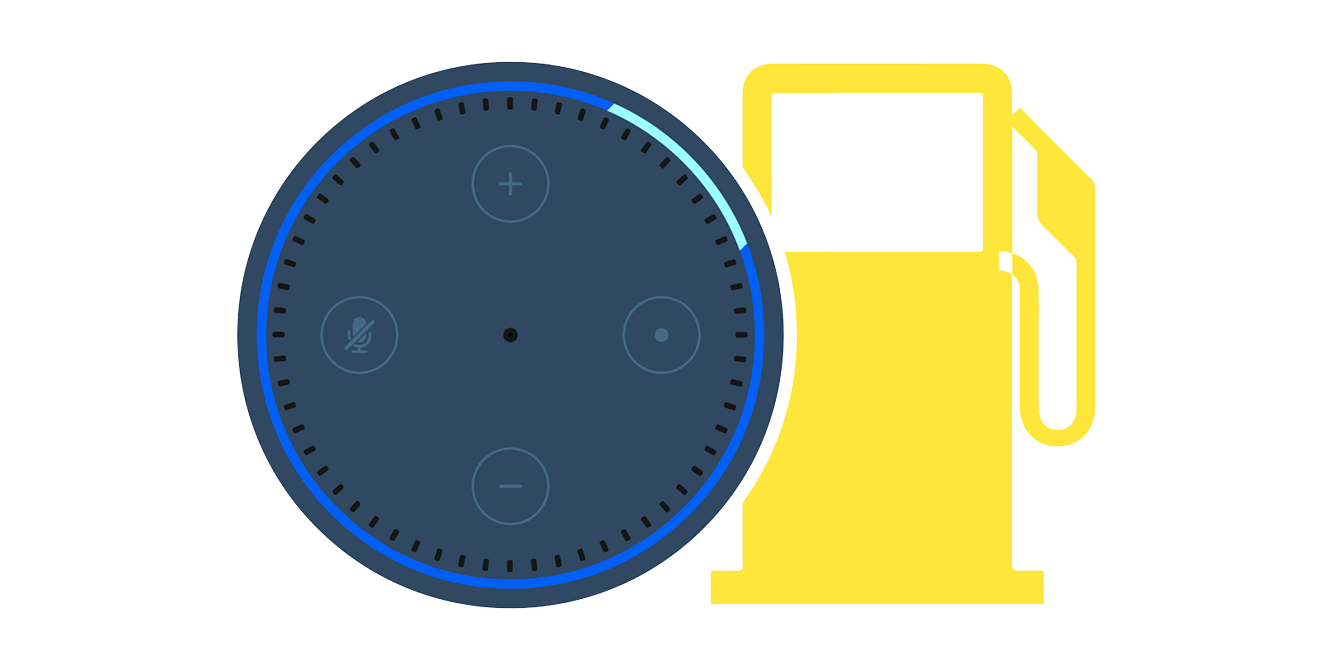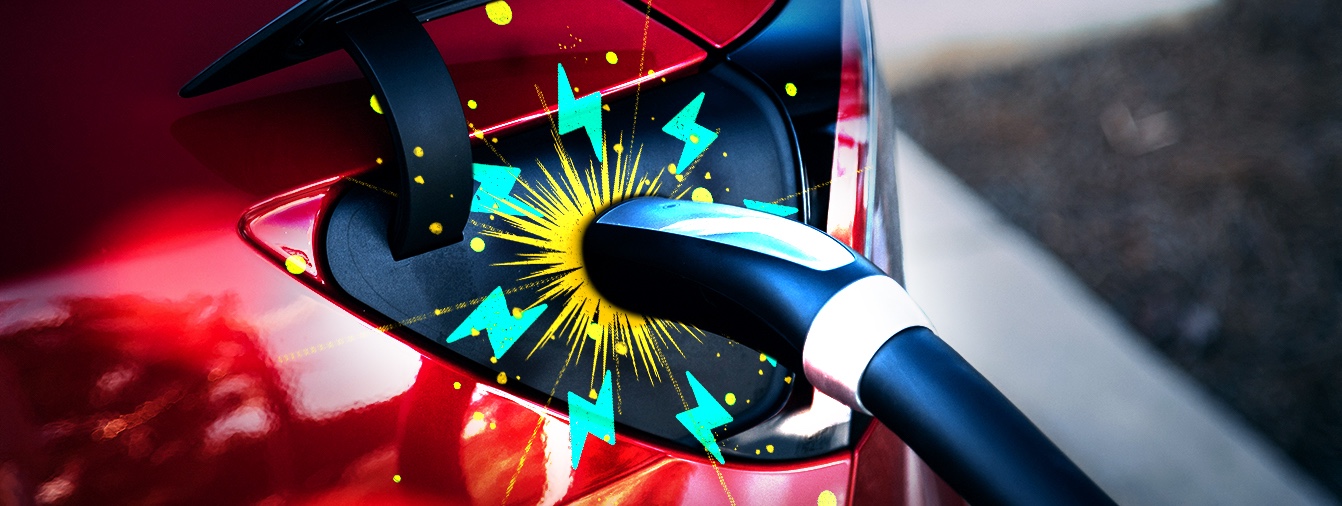Switzerland is a relatively small market. What makes it unique and worth taking a closer look at?
Switzerland has the densest network of fuel stations per inhabitant in Europe. There are more than 3,300 fuel stations in Switzerland and when you look at the top five fuel station networks, three of the five – Agrola, Migrol, and Oel Pool – are Swiss and the two international players are BP and Avia. Some 90 percent of the coverage is provided by 10 brands and the other 10 percent, or 355 stations, are independents. The large number of local players is particularly strange given the small size and population of Switzerland (about 8.5 million).
A lot of the top players are associated with supermarkets. Migros is one Swiss supermarket chain associated with fuel stations, while Agrola is linked with several such chains in the country. The bigger fuel station chains all seem to have some service associated with it. It's not just a petrol station. And the question is, if you have such a small market share, are you going to be motivated to innovate, particularly as an international player? The local players will feel more incentivized to do so and they should look at things like fingerprint authentication, facial recognition and license plate recognition for service personalization and elements like digital payment.
Switzerland is in the center of Western Europe and surrounded by five countries. I imagine Swiss fuel stations have to consider customer expectations from several markets, right?
Yes, Switzerland also has a lot of transient holiday traffic. People from Belgium, France, Germany, and the Netherlands, for example, are driving through Switzerland to get to Italy, which means that there's a lot of opportunity within a relatively narrow span of space on the autobahns for the fuel stations to expand their offerings beyond being just a place for travelers to fill up their vehicles.
There’s also price sensitivity in Switzerland since things are quite expensive compared to its neighboring countries. Fuel stations can't compete on price point for those transient customers, but they can provide them with other services that encourage them to stay longer and spend more.







